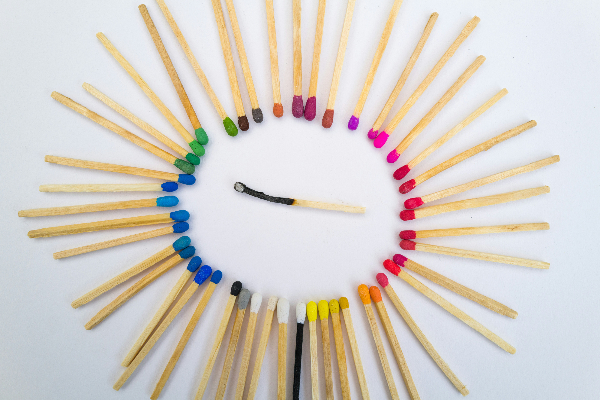How are social and emotional skills developed?

Healthy social and emotional development involves the ability to manage different emotions, learn and play, face difficulties and form trusting relationships with others. Starting from birth, babies learn who they are through their caregivers. Adults are powerful role models when it comes to social and emotional development! In earlier posts, I have discussed that social and emotional skills can be learned and developed over time. If you are starting to teach SEL or trying to incorporate social and emotional competencies in your lessons, it is helpful to understand how these skills are developed over time. Here’s a roadmap.
1. Acquisition. This means that students are learning a new skill or concept. Students might discuss what it means to be honest for the very first time or they might be learning a new protocol to solve conflicts. In most cases, acquisition takes place during explicit instruction of SEL.
2. Fluency. Developing fluency with social and emotional skills means being able to immediately use the skill or concept without a prompt. You might observe if your students are actively listening when other students are talking, if they can identify how they feel in an emotionally-charged situation or how they respond if a classmate is hurt. Fluency takes place in the classroom, during your SEL lesson or other academic activities.
3. Maintenance. Maintenance occurs when students are able to use social and emotional skills over time, even when you haven’t discussed them recently in the classroom. Observe your students during pair-shares or group work, do they display care during the activity? Are they able to solve conflicts independently? To help students continue to apply the skills in the classroom, use teaching strategies that enhance social and emotional development and connect them with your academic content. In addition to the classroom, students can practice these competencies in other spaces such as the cafeteria, the hallway or after-school activities. School-wide implementation of SEL supports maintenance of these skills.
4. Generalization. Generalizing social and emotional competencies means that students can use them in new situations and settings or with different people. How do your students relate to their caregivers? Can your students work cooperatively with students from a different school? How do they behave with adults from the community? Generalization occurs when students are able to use social and emotional competencies with their families and in their communities.
Schools can help students internalize social and emotional skills by providing opportunities to practice in a safe and supportive environment. As you can see, learning and developing these competencies is a process that takes time and requires having ongoing opportunities to practice in different settings. Although students might learn how to describe their feelings or show empathy in the classroom, it is outside of the classroom where these skills are generalized. Think about your school, how are these competencies enhanced outside the classroom? What could you do to increase students’ chances to practice these skills? Please share your thoughts!
Subscribe to the HEART in Mind Newsletter
Research-Based Strategies for your SEL Toolbox









